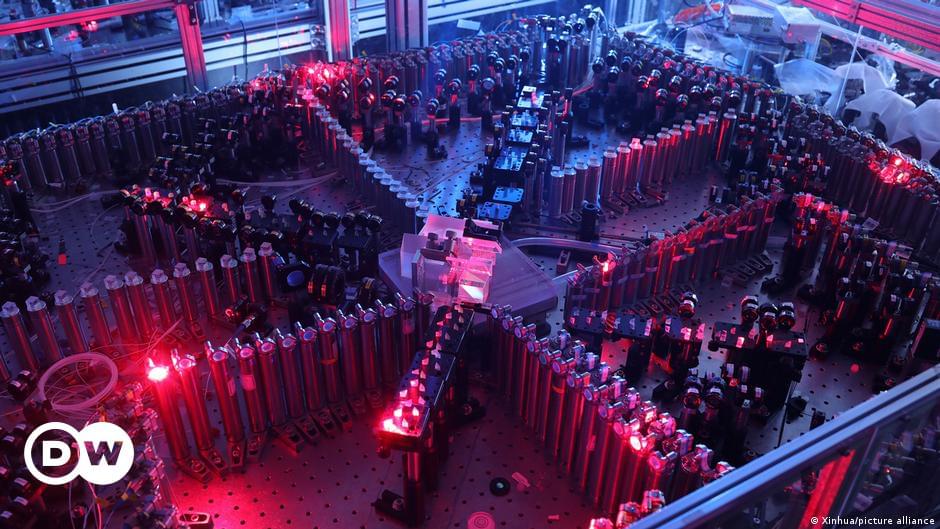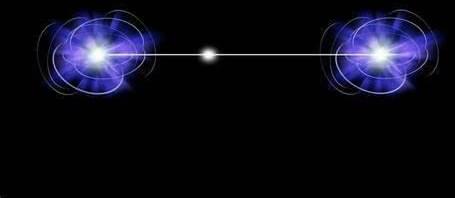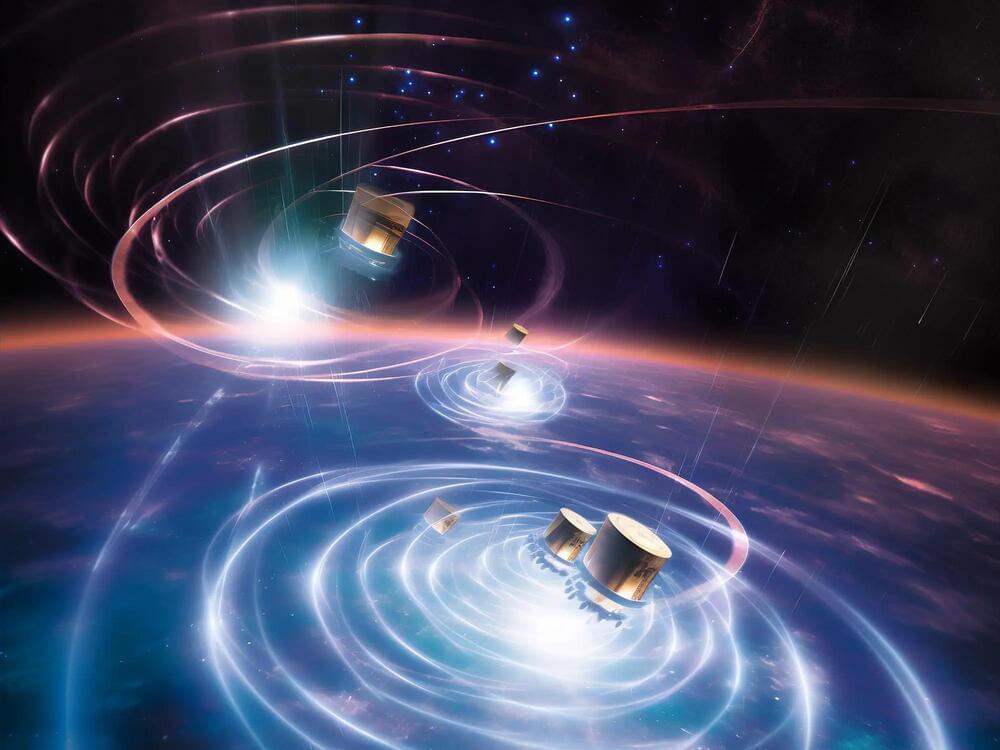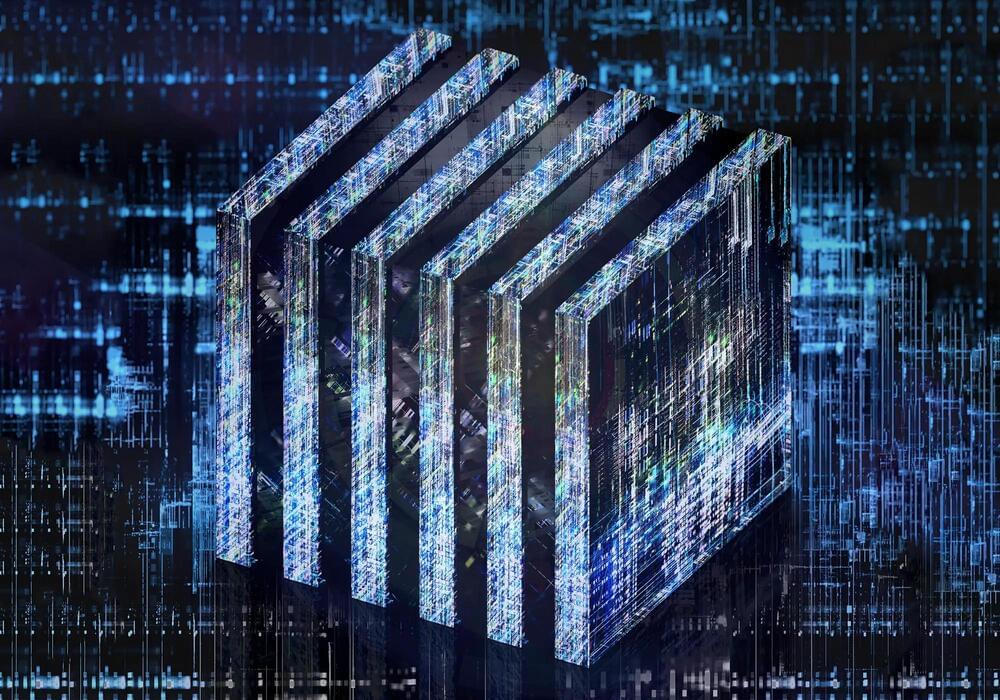Germany’s oldest university hosts many scientists conducting groundbreaking work. Little did they know how they would become entangled in China’s quantum military strategy. A DW investigation with CORRECTIV.




A team led by Prof. Guo Guangcan from the Chinese Academy of Sciences (CAS) provides a comprehensive overview of the progress achieved in the field of quantum teleportation. The team, which includes Prof. Hu Xiaomin, Prof. Guo Yu, Prof. Liu Biheng, and Prof. Li Chuanfeng from the University of Science and Technology of China (USTC), CAS, was invited to publish a review paper on quantum teleportation in Nature Review Physics.
As one of the most important protocols in the field of quantum information, quantum teleportation has attracted great attention since it was proposed in 1993. Through entanglement distribution and Bell-state measurement, quantum teleportation enables the nonlocal transmission of an unknown quantum state, which has deepened the understanding of quantum entanglement. More importantly, quantum teleportation can effectively overcome the distance limitation of direct transmission of quantum states in quantum communication, as well as realize long-range interactions between different quantum bits in quantum computing.
The team has been at the forefront of experimental studies on high-dimensional quantum teleportation and quantum networks. Their notable achievements include the successful preparation of the world’s highest fidelity 32-dimensional quantum entanglement, the effective transmission of high-dimensional entanglement over 11 kilometers of optical fiber, and the development of efficient techniques for quantum entanglement detection. They have also made significant progress in areas such as high-dimensional quantum dense coding, high-dimensional quantum guidance, and high-dimensional quantum teleportation.
Here’s my new article for Aporia Magazine. A lot of wild ideas in it. Give it a read:
Regardless of the ethics and whether the science can even one day be worked out for Quantum Archaeology, the philosophical dilemma it presents to Pascal’s Wager is glaring. If humans really could eradicate the essence of death as we know it—including even the ability to ever permanently die—Pascal’s Wager becomes unworkable. Frankly, so does my Transhumanist Wager. After all, why should I dedicate my life and energy to living indefinitely through science when, by the next century, technology could bring me back exactly as I was—or even as an improved version of myself?
Outside of philosophical discourse, billions of dollars are pouring into the anti-aging and technology fields—much of it from Silicon Valley and the San Francisco Bay Area where I live. Everyone from entrepreneurs like Mark Zuckerburg to nonprofits like XPRIZE to giants like Google is spending money on ways to try to end all diseases and overcome death. Bank of America recently reported that they expect the extreme longevity field to be worth over $600 billion dollars by 2025.
Technology research spending for computers, microprocessors, and information technology is even bigger: $4.3 trillion dollars is estimated to have been spent worldwide in 2019. This amount includes research into quantum computing, which is hoped to eventually make computers hundreds—maybe thousands—of times faster over the next 50 years.
Despite the advancements of the 21st Century, the science to overcome biological death is not even close to being ready, if ever. Over 100,000 people still die a day, and in some countries like America, life expectancy has actually started going slightly backward. However, like other black swans of innovation in history—such as the internet, combustion engine, and penicillin—we shouldn’t rule out that new inventions may make humans live dramatically longer and maybe even as long as they like. As our species reaches for the heavens with its growing scientific armory, Pascal’s Wager is going to be challenged. It just might need an upgrade.

Researchers have reached a significant milestone in the field of quantum gravity research, finding preliminary statistical support for quantum gravity.
In a study published in Nature Astronomy on June 12, a team of researchers from the University of Naples “Federico II,” the University of Wroclaw, and the University of Bergen examined a quantum-gravity model of particle propagation in which the speed of ultrarelativistic particles decreases with rising energy. This effect is expected to be extremely small, proportional to the ratio between particle energy and the Planck scale, but when observing very distant astrophysical sources, it can accumulate to observable levels. The investigation used gamma-ray bursts observed by the Fermi telescope and ultra-high-energy neutrinos detected by the IceCube Neutrino Observatory, testing the hypothesis that some neutrinos and some gamma-ray bursts might have a common origin but are observed at different times as a result of the energy-dependent reduction in speed.

Quantum Brilliance, the company behind miniaturized, room-temperature quantum computing products, has announced the general availability of Qristal SDK.
Previously available in beta, Qristal SDK is an open-source software development kit designed for researching applications integrated with its diamond-based quantum accelerators.

Daniel Lidar, the Viterbi Professor of Engineering at USC and Director of the USC Center for Quantum Information Science & Technology, and first author Dr. Bibek Pokharel, a Research Scientist at IBM Quantum, achieved this quantum speedup advantage in the context of a “bitstring guessing game.”
By effectively mitigating the errors often encountered at this level, they have successfully managed bitstrings of up to 26 bits long, significantly larger than previously possible. (For context, a bit refers to a binary number that can either be a zero or a one).
Quantum computers promise to solve certain problems with an advantage that increases as the problems increase in complexity. However, they are also highly prone to errors, or noise. The challenge, says Lidar, is “to obtain an advantage in the real world where today’s quantum computers are still ‘noisy.’”.

Photosynthesis. The maps elucidate the complex energy transfer process in photosynthesizing bacteria, providing a clear picture of how sunlight energy is channeled from the outer to the inner molecular ring of the light-harvesting complex.
Systems obeying quantum mechanics are notoriously difficult to visualize, but researchers at the University of Illinois Urbana-Champaign have developed an illustration technique that displays quantum features in an easy-to-read diagram called a coherence map. The researchers used these maps to study the quantum mechanisms that underlay photosynthesis, the process by which plants and some bacteria use sunlight to convert carbon dioxide and water into food.

A group of physicists at the University of Basel, in Switzerland, has found via experimentation that the Einstein-Podolsky-Rosen paradox still holds even when scaled up. Paolo Colciaghi, Yifan Li, Philipp Treutlein and Tilman Zibold describe their experiment in Physical Review X.
In 1935, Albert Einstein, Boris Podolsky and Nathan Rosen published a paper outlining a thought experiment that suggested that quantum mechanics did not give a complete description of reality. They argued for the existence of “elements of reality” that were not part of quantum theory—and then went further by speculating that it should be possible to come up with a new theory that would contain such hidden variables.
Their experiment has since come to be known as the EPR paradox because of the contradictions it reveals, such as one particle in a system influencing other particles due to entanglement, and also that it can become possible to know more about the particles in a given system than should be allowed by the Heisenberg uncertainty principle.
In the most massive test to date, physicists have probed a major paradox in quantum mechanics and found it still holds even for clouds of hundreds of atoms.
Using two entangled Bose-Einstein condensates, each consisting of 700 atoms, a team of physicists co-led by Paolo Colciaghi and Yifan Li of the University of Basel in Switzerland has shown that the Einstein-Podolsky-Rosen (EPR) paradox scales up.
The researchers say this has important implications for quantum metrology – the study of measuring things under quantum theory.